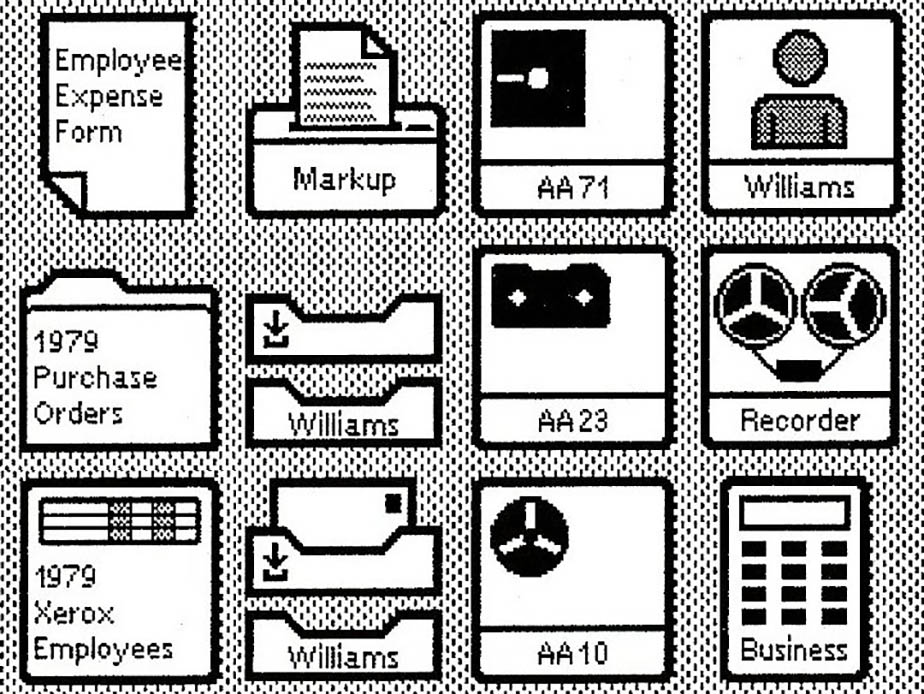Interaction design, often nestled under the broader umbrella of UX design, has carved out its own distinct legacy in the story of user-centred design (UCD). While UCD encompasses the philosophy of putting people at the heart of the design process, interaction design hones in on the dialogues between users and systems—the clicks, taps, swipes, and gestures that make up our digital conversations.
To truly appreciate how far interaction design has come, we must first step back and explore its beginnings, which, unsurprisingly, intertwine with the rise of computing itself. If you haven’t yet explored the history of UCD, it’s worth delving into its roots, as outlined in our previous article, to understand the foundation on which interaction design stands.
In the early days of computing, interaction was a highly exclusive affair. Systems like ENIAC and its contemporaries were operated by specialists, using punch cards and teletype machines. There was no room for “user-friendly” because there were hardly any “users” in the modern sense—only operators with a deep understanding of the system’s inner workings.
The shift began in the 1960s and 1970s, with the emergence of personal computing and innovations in human-computer interaction (HCI). Researchers at Xerox PARC, for instance, introduced the graphical user interface (GUI), featuring windows, icons, and menus navigable via a pointer—an interaction paradigm that would revolutionise computing.

Xerox Alto GUI c.1979
As digital technology continued to proliferate, the field of interaction design expanded to address new challenges. In the late 1970s, Bill Buxton pioneered multi-touch interfaces and music composition tools and the 1980s and 1990s saw the rise of usability testing as a core practice, championed by researchers like Jakob Nielsen. Interaction design matured into a structured discipline, blending cognitive psychology, ergonomics, and design principles to craft systems that felt as natural as flipping a light switch.
At the same time, a new player entered the arena: UX design. While interaction design focused on the mechanics of human-system interaction, UX took a broader perspective, considering the emotional and functional dimensions of the entire user journey. Interaction design became a vital component of UX design, addressing the “how” within the UX framework.
The term “interaction design” was coined in the mid-1980s by Bill Moggridge and Bill Verplank, who wanted to extend user interface design to physical products.

Today, interaction design is everywhere—often invisible yet indispensable. It’s the heartbeat of digital products and services, influencing how we book flights, order meals, and even engage with public services. Designers now wield a sophisticated arsenal of tools, from user flow diagrams to prototyping platforms, to ensure every tap, swipe, and scroll is purposeful.
Looking ahead, interaction design faces new frontiers. Artificial intelligence and machine learning are transforming how systems respond to users, shifting from reactive to proactive interactions. Meanwhile, inclusivity and accessibility are reshaping how designers approach interactions, ensuring that everyone—regardless of ability or background—can engage with technology.
Much like its parent discipline, UCD, interaction design is a testament to how deeply design can impact the human experience. It’s a field that continues to evolve, proving that even the smallest details—a button press, a swipe—can carry profound significance.
Resources
“Designing Interactions” by Bill Moggridge
A foundational text exploring the history and evolution of interaction design, featuring insights from pioneers in the field.
“About Face: The Essentials of Interaction Design” by Alan Cooper, Robert Reimann, David Cronin, and Christopher Noessel
A comprehensive guide to interaction design principles and best practices, with a focus on creating meaningful user experiences.
“Don’t Make Me Think, Revisited” by Steve Krug
A timeless classic on usability and interaction design, offering practical advice for creating intuitive digital experiences.
“The UX Book: Agile UX Design for a Quality User Experience” by Rex Hartson and Pardha S. Pyla
A deep dive into the intersection of UX and interaction design, with an emphasis on agile methodologies.
“Seductive Interaction Design” by Stephen Anderson
A thought-provoking exploration of how emotion and psychology play a role in crafting engaging interactions.

0 Comments